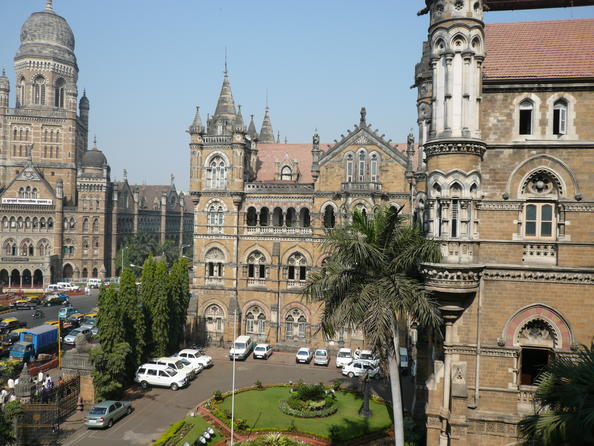- About Us
- Schemes
- Culture Scheme Dashboard
- Scheme of Financial Assistance for Promotion of Art and Culture
- Financial Assistance to Cultural Organizations with National Presence
- Cultural Function and Production Grant(CFPG)
- Financial Assistance for Preservation and Development of Cultural Heriatge of the Himalayas
- Financial Assistance for Development of Buddhist/Tibetan Arts and Culture
- Financial Assistance for Cultural Activities in Performing Arts for Building Grants Including Studio Theatres
- Financial Assistance for Allied Cultural Activities
- Financial Assistance for Promotion of Guru-Shishya Parampara (Repertory grant)
- National Mission on Libraries
- Financial Assistance for Construction of Tagore Cultural Complexes(TCC)
- Scheme of Financial Assistance under Seva Bhoj Yojna
- Scheme of Scholarship and Fellowship for Promotion of Art and Culture
- Museum Grant Scheme
- Scheme for Financial Assistance for Veteran Artists
- Scheme for Promotion of Culture of Science (SPOCS)
- Scheme for Safeguarding the Intangible Cultural Heritage
- Global Engagement Scheme
- Indian Conservation Fellowship Program (ICFP)
- Centenary and Anniversary Celebrations Scheme
- Mission
- ICR
- Commemorations
- CSL
- G20 CWG
- Contact Us
Chhatrapati Shivaji Terminus (formerly Victoria Terminus)

Chhatrapati Shivaji Terminus (formerly Victoria Terminus)
Maharashtra
Chhatrapati Shivaji Terminus is an outstanding example of late 19th-century railway architecture in the British Commonwealth, characterized by Victorian Gothic Revival and traditional Indian features, as well as its advanced structural and technical solutions. It became a symbol for Bombay (now Mumbai) as a major mercantile port city on the Indian subcontinent within the British Commonwealth.
The site on which this property is situated is associated with the origins of Mumbai as a city. Bombay Island had formed a coastal outpost of the Hindu in western India, but was not used for commerce. It was first passed to the Portuguese and then, in 1661, to the British. In 1667, the island was transferred to the East India Company, who was principally responsible for its commercial development. Merchants settled here from elsewhere, and the shipbuilding industry and the cotton trade prospered.
The town flourished, especially after the building of railway connections with the inland and the opening of the Suez Canal in 1869. With the development of trade, the Governor of Bombay planned a series of works aiming at the construction of a more representative city.








